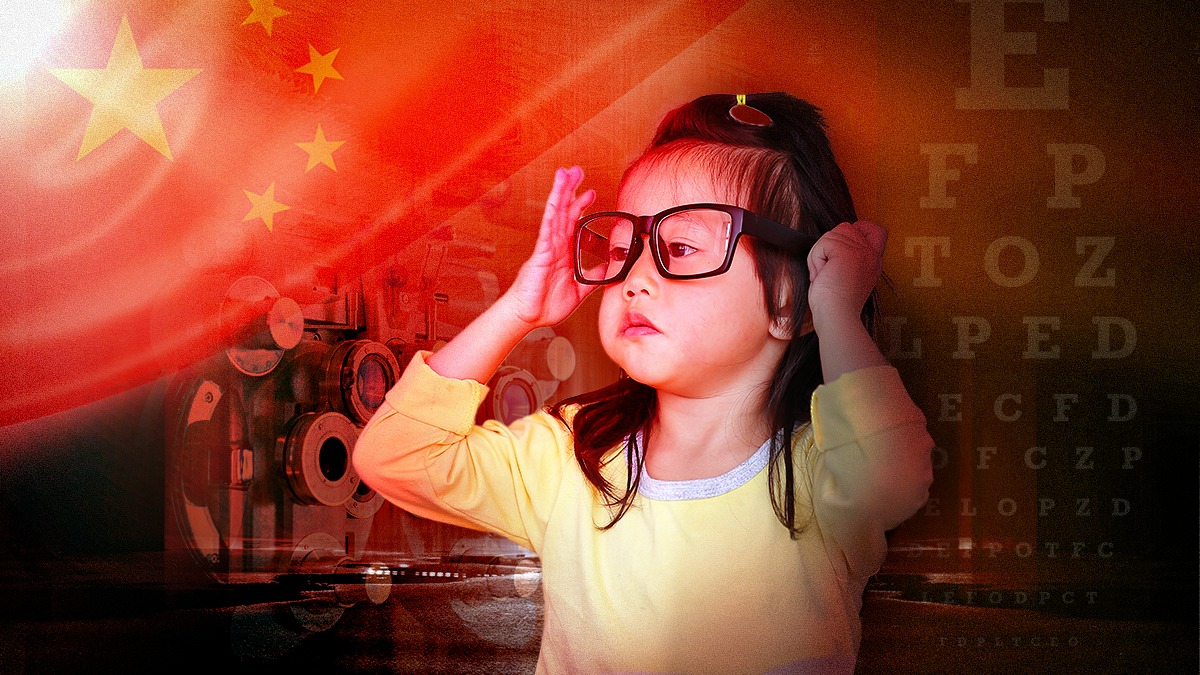Manufacturers now face significant challenges in bringing RLRL instruments to market under the new Class III medical device classification.
Penned by renowned ophthalmologists Prof. Tien Yi Wong, founding head and chair professor at Tsinghua Medicine, and Prof. Ningli Wang, head of Beijing Tongren Eye Hospital, the Viewpoint analyzes the fallout from China’s stricter regulations on repeated low-level red light (RLRL) therapy devices for myopia management.1
As of July 1, 2024, RLRL devices in China are classified as Class III devices, meaning they must undergo extensive preclinical safety testing, including primate trials and long-term histopathological evaluations, before clinical trials can even begin. This halts production and sales of previously approved devices, as all Class II certifications are now invalid.2
Additionally, new guidelines restrict RLRL use to children aged eight and older and prohibit its preventative use for myopia. The therapy was also excluded from China’s 2025 National Guidelines for Myopia Prevention and Control, which prioritize orthokeratology and low-dose atropine as preferred treatment options.2
Currently, no manufacturers meet the new Class III requirements, and experts predict it could take at least five years before any RLRL device gains approval under the stricter framework.1
The rise and uncertainty of RLRL therapy
To slow myopia progression, RLRL therapy exposes the retina to low-level red light for a few minutes daily. The nonpharmaceutical treatment has shown promise in studies, with clinical trials suggesting it may reduce axial elongation and increase choroidal thickness over a 12-month period.3,4
While short-term studies have shown potential benefits, safety concerns have also emerged. Some patients have reported reversible macular damage, light sensitivity and discomfort. There is also ongoing debate about whether current laser safety standards are sufficient—especially for children, who may be more vulnerable to prolonged retinal exposure.4,5
Another concern is the use of RLRL devices outside medical settings, where lack of physician oversight may increase risks. Reports suggest that some commercial devices exceed permissible laser exposure levels, raising concerns about photochemical and thermal damage. Experts have also pointed to potential rebound effects linked to RLRL-induced choroidal thickening, underscoring the need for more long-term research.6
Josh Richards delves into research of a red light myopia control device, uncovering that retinal exposure levels may surpass safe limits for many users. Courtesy of CooperVision
As the industry adapts to the regulatory changes, researchers, regulators and manufacturers will need to collaborate to address safety concerns and refine the clinical role of RLRL therapy in myopia management.
Editor’s Note: This content is intended exclusively for healthcare professionals. It is not intended for the general public. Products or therapies discussed may not be registered or approved in all jurisdictions, including Singapore.
References
- Wang YX, Wang N, Wong TY. Red Light Therapy for Myopia-Current Regulatory Changes in China. JAMA Ophthalmol. 2025 Jan 23. [Epub ahead of print.]
- China’s National Medical Products Administration. Medical devices regulatory letter—notice on regulating the registration and management of laser myopia and amblyopia treatment devices. Article in Chinese. Available at: https://www.cmde.org.cn/xwdt/zxyw/20240206154710114.html. Accessed on January 24, 2025.
- Cao K, Tian L, Ma DL, et al. Daily low-level red light for spherical equivalent error and axial length in children with myopia: A randomized clinical trial. JAMA Ophthalmol. 2024;142(6):560-567.
- He X, Wang J, Zhu Z, et al. Effect of repeated low-level red light on myopia prevention among children in China with premyopia: A randomized clinical trial. JAMA Netw Open. 2023;6(4):e239612.
- Liu H, Yang Y, Guo J, et al. Retinal damage after repeated low-level red-light laser exposure. JAMA Ophthalmol. 2023;141(7):693-695.
- Ostrin LA, Schill AW. Red light instruments for myopia exceed safety limits. Ophthalmic Physiol Opt. 2024;44(2):241-248.



